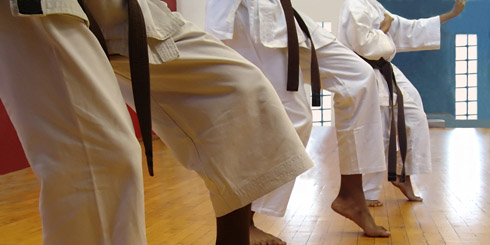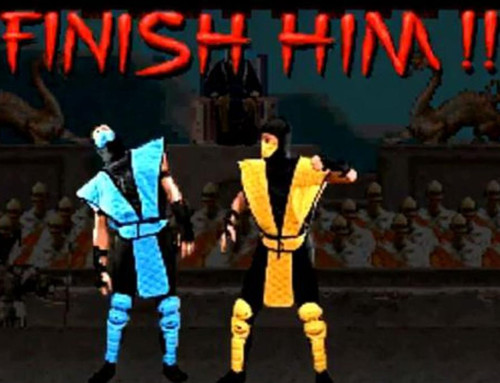I challenge you to a Form-off!
It’s been awhile since I’ve geeked out on technical stuff in martial arts, so if you’re not a martial artist, you may not get much from this article. If you are into martial arts though, hopefully you’ll come away with a little more appreciation for form work and even help boost your own forms training.
Forms, Kata, Patterns, Poomse, it goes by many names, but in many cases, students dislike them. It’s understandable, there’s no bag to hit, there’s no one to spar, there’s no boards to break and generally speaking, they are pretty bland at first look. Many schools over the years have removed forms training stating that it’s not realistic or they are boring. This too is understandable as what they say is true, it’s not noticeably realistic and for many, it’s boring, and therefore, makes it difficult to retain students. For those that don’t know what forms training is, its a sequence of martial arts moves linked together (typically from 18-80 moves), simulating a fight sequence but with just yourself punching the air. However, just because it’s not realistic by itself, doesn’t mean it’s not useful. And just because it’s boring at first look, doesn’t mean you won’t develop an appreciation for it once you’ve fully understood their purpose.
So what is the purpose? Forms training is an integral part of any martial arts that wants to develop balance, power in kicking/striking, and control. While everyone makes use of forms training in a different way, for my taekwondo students, it’s not only a great way to practice all of your techniques for your rank, but each technique is meant to be done with 100% power, nothing less, and perfect control and balance. As I explain it to my students, forms training teaches you 100% power, balance, control, and footwork. While one step sparring (pre-determined sparring) teaches you speed, accuracy and more footwork. Then you put them together for sparring. This isn’t the only way to make use of forms however, this is just what I currently teach my students. Not only does it change from school to school, it may change over time. Everyone grows and learns, instructors included. In 10 years time, I may use my forms in a completely different way. It doesn’t make them better, just different.
Many forms have movements in them that, to the outside looking in, make no sense. Not all techniques are just kicks, strikes or blocks. Some are self defense movements such as a grab or sweep. In order to perform the form correctly, one must fully understand EVERY technique in the form.
There is yet another element to many traditional forms that is heavily overlooked. And that is the meaning behind the form and why it was created. For instance, look at some of the original Taekwondo black belt forms such as GeBaek, a form named after a strict general in the Korean Army. The form is done in straight line and with extreme power and control and balance, not a lot of fancy techniques. This represents GeBaek’s strict, powerful, and straight forward leadership. So while doing this form, one should be very strict with their movements, no wasted movements, nothing fancy or off balance, but very grounded and powerful. Even newer forms created today have reasoning behind them, or they should. While some forms are done strictly for competition purposes to look fancy and give the competitor high scores, the more traditional way of doing forms helps train a student in specific skills and movements that will be used in sparring. Many traditional forms represent specific elements, such as fire (form should be done with passion and desire), or water (form should flow naturally and smoothly with no resistance).
There are potentially millions of forms out there throughout the martial arts universe, and more are being created today, but nearly all have a meaning behind them. Once you find that meaning, then and only then will you do the form correctly and well and learn what was meant to be taught by doing that form.
With all of this said, not all martial arts styles and schools need forms. My Hapkido program doesn’t make use of forms (other than a couple weapons forms at the black belt level). That doesn’t mean one program is better than the other, every style and system is different. Some styles need forms, others don’t. I do find though that styles that make use of forms result in students with more power and balance than those styles that don’t have them. But then again, some styles don’t need those elements to be successful.
So while you may not love forms, I hope you understand how incredibly useful they can be and that they ARE designed to help you with self defense. You have to learn the alphabet before you learn to write a novel. It may take considerable time, but the end result will be much greater.







Leave A Comment